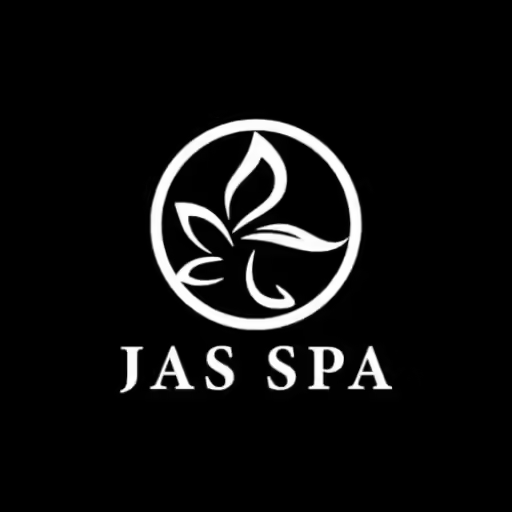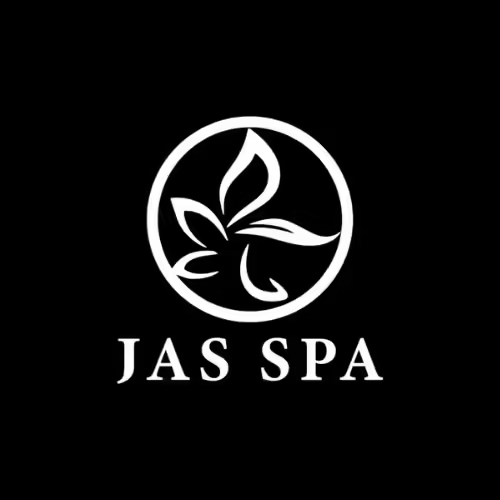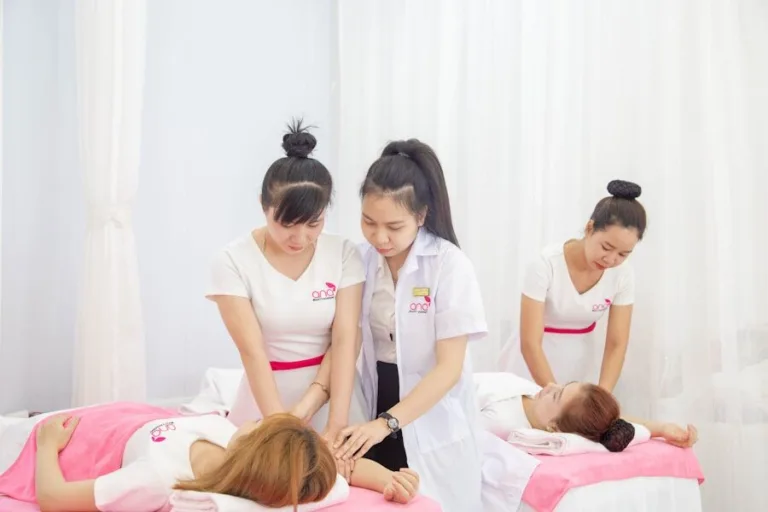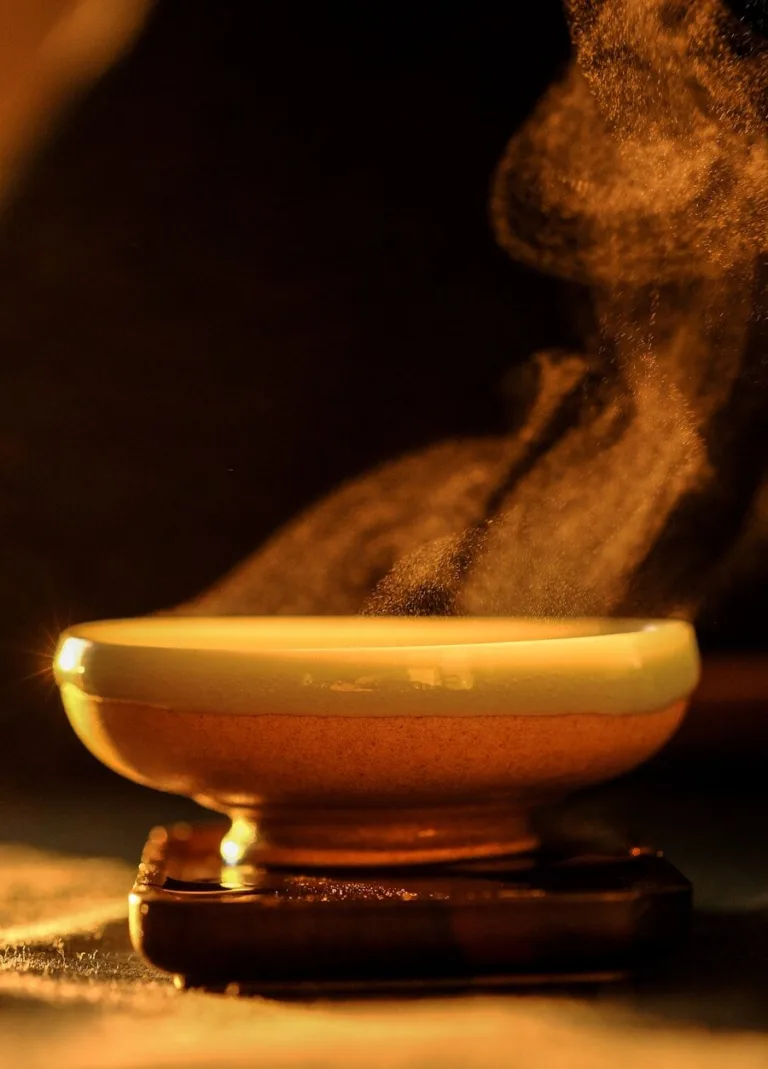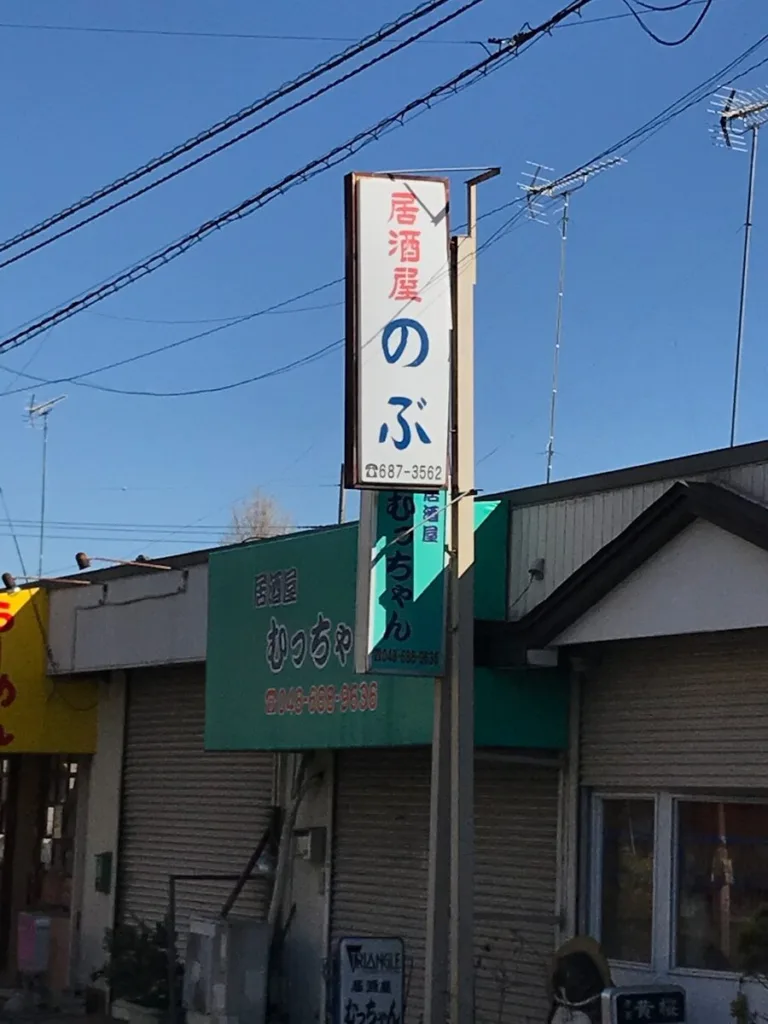Full body massage is a holistic approach to relaxation and wellness that encompasses the entire body, promoting both physical and mental well-being. This therapeutic practice has roots in various cultures, with techniques and philosophies that date back thousands of years. From the ancient Egyptians who utilized oils and herbs to the traditional Chinese practices that emphasize energy flow, full body massage has evolved into a widely accepted form of therapy in modern wellness routines.
It is not merely a luxury; rather, it serves as a vital component of self-care, addressing the stresses of contemporary life. The essence of full body massage lies in its ability to provide a comprehensive experience that targets multiple muscle groups and promotes overall relaxation. Unlike localized treatments that focus on specific areas, full body massage engages the entire musculature, allowing for a more profound release of tension and stress.
This practice can be tailored to individual needs, making it accessible to a diverse range of people, from athletes seeking recovery to individuals simply looking to unwind after a long day. As we delve deeper into the various aspects of full body massage, we will explore the techniques employed, the benefits derived, and the considerations one should keep in mind when seeking this rejuvenating experience.
Key Takeaways
- Full body massage involves the manipulation of the body’s soft tissues to promote relaxation and overall well-being.
- Techniques used in full body massage may include Swedish massage, deep tissue massage, and aromatherapy massage.
- Benefits of full body massage can include stress relief, pain reduction, improved circulation, and enhanced flexibility.
- Areas of the body covered in full body massage typically include the back, shoulders, neck, arms, legs, and feet.
- Different types of full body massage include hot stone massage, Thai massage, and sports massage, each offering unique benefits and techniques.
Techniques Used in Full Body Massage
The techniques employed in full body massage are as varied as the practitioners themselves, each bringing their unique style and expertise to the table. Common methods include Swedish massage, deep tissue massage, and aromatherapy massage, each with its distinct approach and benefits. Swedish massage is characterized by long, flowing strokes that promote relaxation and improve circulation.
The therapist uses techniques such as effleurage (gliding strokes), petrissage (kneading), friction, and tapotement (rhythmic tapping) to create a soothing experience that calms the nervous system. In contrast, deep tissue massage focuses on the deeper layers of muscle and connective tissue. This technique employs slower strokes and more intense pressure to target chronic tension and pain.
It is particularly beneficial for individuals with specific muscle issues or those recovering from injuries. The therapist may use their forearms or elbows to apply pressure, ensuring that the treatment is effective yet comfortable. Additionally, techniques such as trigger point therapy may be integrated into deep tissue sessions to alleviate localized pain by applying pressure to specific points within tight muscles.
Benefits of Full Body Massage

The benefits of full body massage extend far beyond mere relaxation; they encompass a wide array of physical and psychological advantages. One of the most immediate effects is the reduction of muscle tension. As the therapist works through various muscle groups, they help release knots and tightness that can accumulate due to stress, poor posture, or repetitive movements.
This release not only alleviates discomfort but also enhances overall mobility and flexibility. Moreover, full body massage has been shown to improve circulation, which is essential for delivering oxygen and nutrients to tissues while removing waste products. Enhanced blood flow can lead to improved recovery times for athletes and those engaged in physical activities.
Additionally, the practice stimulates the lymphatic system, which plays a crucial role in immune function by helping to eliminate toxins from the body. On a psychological level, full body massage can significantly reduce stress levels by lowering cortisol levels while simultaneously increasing serotonin and dopamine production—neurotransmitters associated with feelings of happiness and well-being.
Areas of the Body Covered in Full Body Massage
| Area of the Body | Covered in Full Body Massage |
|---|---|
| Back | Yes |
| Shoulders | Yes |
| Neck | Yes |
| Arms | Yes |
| Hands | Yes |
| Legs | Yes |
| Feet | Yes |
A full body massage typically encompasses all major muscle groups, ensuring that no area is neglected during the session. The treatment usually begins with the back, where many individuals carry tension due to daily stressors or poor ergonomics. The therapist will often focus on the upper back, lower back, and shoulders before moving on to other areas.
The neck is another critical region that receives attention, as it often harbors tension from prolonged screen time or stress. Following the back and neck, attention shifts to the arms and hands, which are frequently overlooked yet essential for overall relaxation. The therapist may employ various techniques to relieve tension in the forearms and wrists, especially for those who engage in repetitive tasks such as typing or manual labor.
The legs and feet are also integral parts of a full body massage; they bear much of our weight throughout the day and can become fatigued or sore. Techniques such as kneading and stretching are often applied to these areas to promote relaxation and rejuvenation.
Different Types of Full Body Massage
Full body massage encompasses a variety of styles, each designed to cater to different needs and preferences. Among the most popular types is Swedish massage, known for its gentle approach that promotes relaxation through long strokes and light pressure. This type is ideal for those new to massage or seeking a calming experience without intense pressure.
Deep tissue massage is another widely sought-after option, particularly for individuals dealing with chronic pain or muscle tension. This technique delves deeper into muscle layers, using firmer pressure to address specific problem areas. Sports massage is tailored for athletes and active individuals; it combines elements of both Swedish and deep tissue techniques while focusing on injury prevention and recovery.
Aromatherapy massage incorporates essential oils into the treatment, enhancing the experience with therapeutic scents that can uplift mood or promote relaxation. Hot stone massage utilizes heated stones placed on specific points of the body to facilitate deeper relaxation and ease muscle tension. Each type of full body massage offers unique benefits, allowing individuals to choose based on their specific needs or preferences.
What to Expect During a Full Body Massage

When preparing for a full body massage, it is essential to understand what to expect during the session. Upon arrival at the spa or wellness center, clients typically fill out a health questionnaire that helps the therapist understand any medical conditions or areas of concern. This initial consultation is crucial for tailoring the session to meet individual needs effectively.
Once in the treatment room, clients are usually provided with privacy to undress to their comfort level—most choose to wear only underwear or a disposable garment provided by the facility. The therapist will then explain the process and may ask about preferred pressure levels or specific areas requiring attention. During the session itself, clients can expect a combination of soothing music and dim lighting designed to create a tranquil atmosphere conducive to relaxation.
The therapist will use various techniques throughout the session while checking in periodically to ensure comfort levels are maintained.
Precautions and Considerations for Full Body Massage
While full body massage offers numerous benefits, certain precautions should be taken into account before scheduling a session. Individuals with specific medical conditions such as heart disease, high blood pressure, or skin infections should consult with their healthcare provider before undergoing massage therapy. Pregnant women should also seek specialized prenatal massage services that cater specifically to their needs during pregnancy.
It is essential for clients to communicate openly with their therapist about any discomfort or pain experienced during the session. A skilled therapist will adjust their techniques accordingly; however, clients should feel empowered to voice their preferences regarding pressure levels or areas needing more attention. Additionally, hydration is crucial before and after a massage; drinking water helps flush out toxins released during the treatment while preventing dehydration.
Finding the Right Massage Therapist for a Full Body Massage
Selecting an appropriate massage therapist is vital for ensuring a positive experience during a full body massage. Prospective clients should seek therapists who are licensed and certified in their respective fields; this ensures they have undergone proper training in anatomy, physiology, and various massage techniques. Reading reviews or seeking recommendations from friends or family can provide valuable insights into a therapist’s skills and approach.
When meeting with a potential therapist for the first time, it is beneficial to discuss personal goals for the session—whether seeking relaxation, pain relief, or recovery from an injury. A good therapist will take time to listen attentively and tailor their approach accordingly. Additionally, clients should feel comfortable with their therapist’s communication style; establishing rapport can significantly enhance the overall experience.
In conclusion, full body massage serves as an invaluable tool for promoting relaxation and well-being through its diverse techniques and benefits. By understanding what to expect during a session and taking necessary precautions, individuals can fully embrace this therapeutic practice as part of their self-care routine.
If you are interested in learning more about the benefits of a full body massage, you may want to check out this article on 10 Benefits of a Full Body Massage You Didn’t Know About. This article delves into the various ways in which a full body massage can improve your overall well-being and health. It highlights the physical, mental, and emotional benefits of this popular spa treatment.
